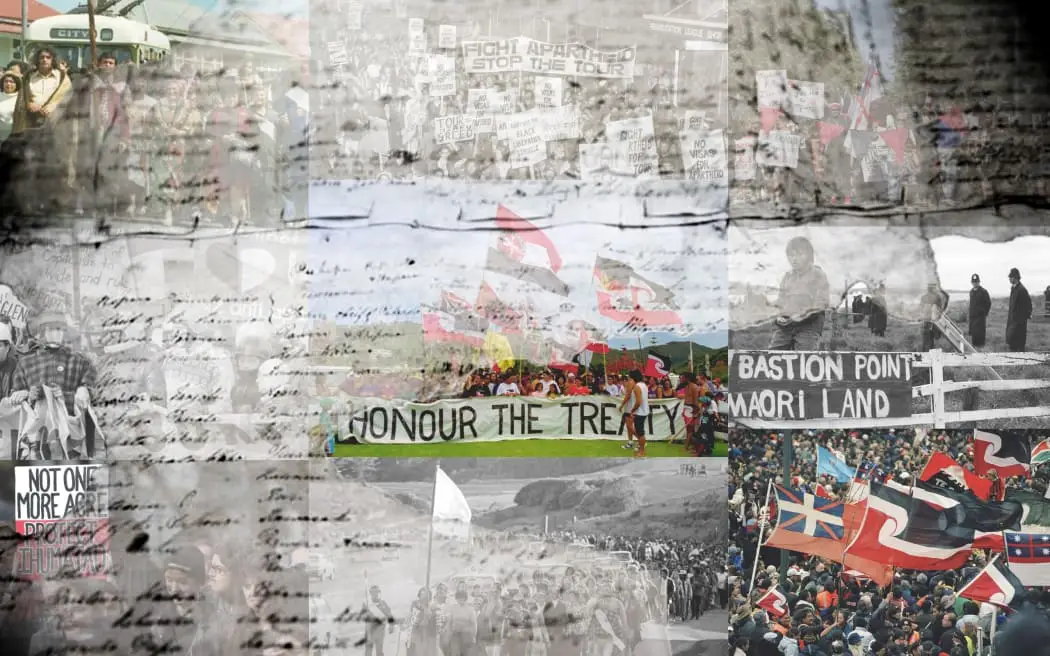A Benchmark Relationship in the US, Australia, and New Zealand: A Comparative Analysis of Indigenous Treaties
The United States, Australia, and New Zealand have distinct approaches to indigenous treaties. While each country has its own unique history and challenges, there are commonalities in their attempts to establish meaningful relationships with their indigenous populations.
A Successful Voice Campaign
—————————–
In Australia, a referendum was held to ensure the indigenous voice was heard in parliament. The ‘yes, or no’ tick box allowed Australian voters decide that fate. The outcome saw 60 percent of votes against the Voice campaign, leading to a mourning period for Aboriginal and Torres Strait Islander peoples.
“We’re not getting our fundamental agreement in place, strong, and locked in,” said Huhana Rogers, a spokesperson for the Voice campaign. “The Uluru settlement is an important step towards reconciliation, but it’s not enough.”
In contrast, the United States has a more comprehensive approach to indigenous treaties. The federal government recognizes over 574 federally recognized Indian Nations, with more than 300 treaties between individual tribes and the US.
“The whole basis of our relationship with the United States is rooted in the US Constitution, numerous treaties, Supreme Court decisions, regulations, executive orders, and statutes,” said Kitcki Carroll, executive director of the United South and Eastern Tribes.
A Benchmark Relationship
————————
The United States has a unique approach to indigenous treaties, with a focus on trust obligations rather than treaty making. This shift occurred in 1871, when the US government stopped making new treaties with Native American tribes.
“We didn’t have running water or electricity up until the late 1970s,” said Kirk Francis, Chief at Penobscot Nation in Maine. “We couldn’t even vote in our own state up until 1969, 1970.”
However, over the past 45 years, the US government has taken significant steps to improve its relationship with Native American tribes. The tribe now has its own judicial branch, legislative branch, law enforcement, housing, education, and healthcare.
“We’re doing quite well, but there’s still a long way to go,” said Francis.
A Comparison to New Zealand
—————————–
New Zealand has a history of treaty discussions, but no treaty between indigenous and the crown has ever been settled. Instead, the country recognizes the importance of the Treaty of Waitangi, which is considered the foundation of modern New Zealand society.
“Fundamentally, our treaty has yet to be fully honoured,” said Huhana Rogers. “Without these protections, it’s very difficult for us to talk about any further agreement, because we’re not getting our fundamental agreement in place, strong, and locked in.”
A Different Approach
———————-
New Zealand’s approach to indigenous treaties is distinct from that of the United States and Australia. While the US and Australia have a more formalized system of governance, New Zealand’s approach is more focused on reconciliation and redress.
“We need to move beyond just recognition and respect for our rights,” said Huhana Rogers. “We need to see real change happening on the ground.”
Conclusion
———-
The relationship between indigenous populations and their governments is complex and multifaceted. While each country has its own unique challenges and approaches, there are commonalities in their attempts to establish meaningful relationships.
As Huhana Rogers noted, “The Uluru settlement is an important step towards reconciliation, but it’s not enough.” The United States, Australia, and New Zealand must continue to work towards a more equitable and just relationship with their indigenous populations.

0 Comments